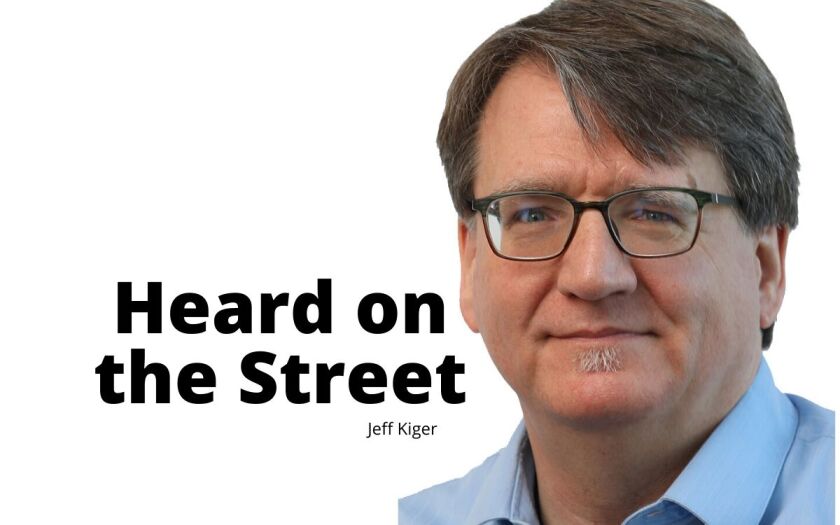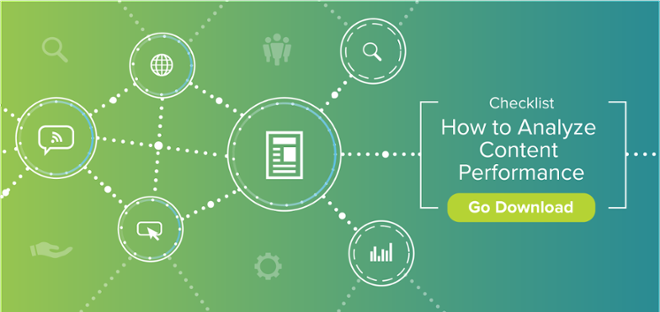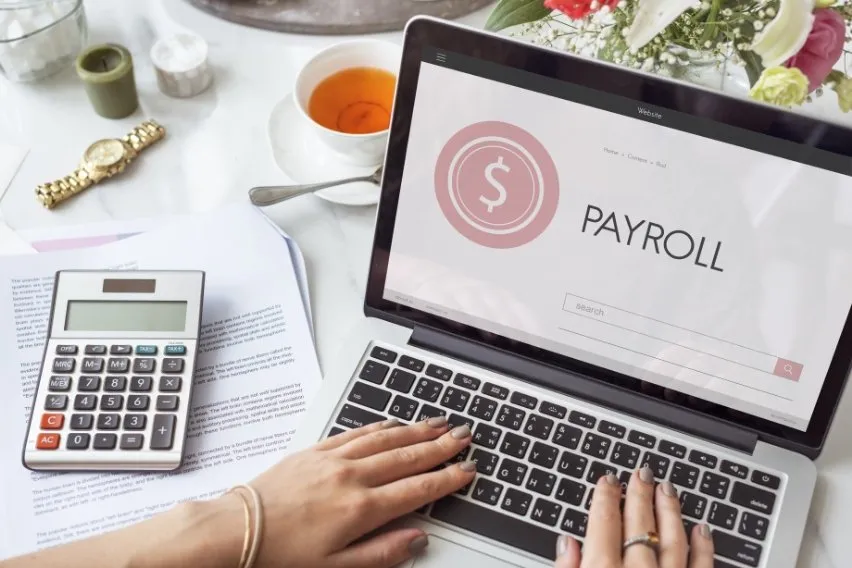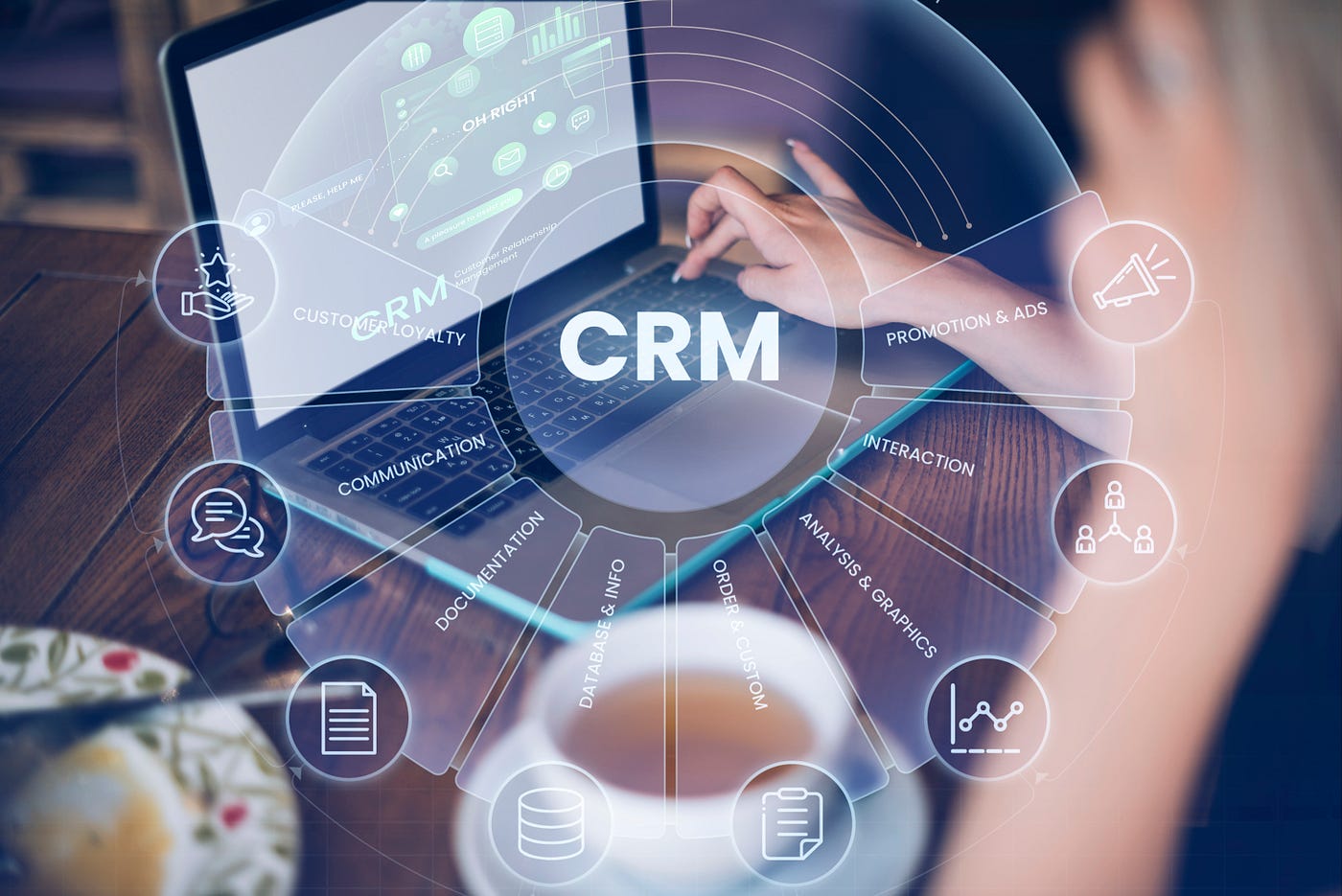How To Use Social Media For Virtual Event Marketing

Table of Contents
There’s more to social media for virtual event marketing than posting tweets and Instagram Stories.
Think about it… the average tweet has a lifespan of just 18 minutes, after which it’s highly unlikely anyone will see that tweet. Stories disappear completely after 24 hours. Posts to LinkedIn and Facebook have similarly short lifespans of utility.
And no matter when we post, the majority of our followers will not be online and will not be in a position to see our content. Between the timing of the post, and the deluge of other content being shared that quickly pushes our virtual event announcements out of the picture and down the feed, typical social media marketing is destined to reach just a fraction of our audience.
So what are we supposed to do for virtual event marketing? Post more? Give up?
Neither. There are frameworks you can follow that help you determine the perfect cadence of social media marketing activity and, more importantly, there are opportunities for you and your brand to Be Social on social media in ways that are stunningly effective at promoting your event.
Ready to learn how? That’s what we’re covering in today’s episode of The Virtual Event Strategist podcast.

“I don’t feel good, daddy. I want to stay home.”
That was what my ten year old daughter said to me after she’d woken up and realized what today was.
This particular warm Monday morning in July had found us ready to spend the first of three weeks at a dance intensive – a camp, if you will, where my daughter would be spending time at a different dance studio than she was used to, with different instructors. When it dawned on her that none of her regular friends from dance were going to this intensive – that it was going to be an entirely new experience – the introvert genes I’d unfortunately passed on to her kicked into overdrive and started feeding her excuses to give to try and avoid the anxiety-inducing activity.
“Oh, really?” I said. “What’s going on?”
After a few lame attempts at making up an illness – fortunately my daughter is a terrible liar – she confessed that she simply didn’t want to go to the intensive and we were able to have an honest conversation about it. I shared with her how important it is to try new things, to push ourselves, and to meet new people. I talked about how this particular studio and the next three weeks would have a profound impact on her dance knowledge and expertise, allowing her to rejoin her regular studio after Summer break with more skill than many of the other dancers. I knew that it was important to her to be successful at her studio, so I thought this approach would resonate with her and that she’d realize she truly did need and want to go to the intesive.
I was wrong. She still didn’t want to go.
The Challenge of Social Media Marketing
Let’s assume for a moment that through your typical social media posts to networks like Facebook, Twitter, LinkedIn and Instagram, you could reach 100% of your existing followers and all those interested in your event would signup. That might be a decent showing for you event! So what’s the problem with that scenario?
You haven’t reached anyone new.
Presumably, people who are following your brand accounts on social media are already fans of your brand and have likely already become a customer or considered it. I’m sure that’s not 100% true but I think you will agree, the real audience we’re trying to reach is people who aren’t already fans, who haven’t already signed up, and yet might make for an ideal customer.
Those are new prospects that you and your sales team will be eager to reach and impact, and virtual events are terrific opportunities for that kind of lead generation.
Which means, in order for our social media marketing to be effective at promoting our virtual event to that audience, our social media activity needs to reach beyond our existing followers. And if your brand doesn’t have a lot of followers to begin with, this is good news! Everything we’re going to talk about today is designed to extend that reach of our brand and brand activity.
You’re going to learn several specific tactics and techniques that you can apply to your virtual event plan that will result in more effective social media marketing. By the end of this episode, you’ll have a new social media strategy to employ and review with your team.
This episode is less about the kind of posts and type of content you’re sharing, and more about how you’re utilizing the social networks and available tools. In our last episode we spoke extensively about video and live video in particular, and I strongly recommend you review that episode and consider how you can employ video within your virtual event marketing. Creating video content is a strong foundation for your social media marketing, and everything we’re discussing today will build upon that.
And remember, this entire season of the podcast is devoted to virtual event marketing, and includes video marketing, social media marketing, email marketing, influencer marketing, partners & sponsors, website and content marketing, earned & paid media marketing, audience marketing and UGC. And in our tenth and final episode of the season, we’re going to talk about analytics and reporting so that you know how to measure the results of all of these tactics and learn which ones to double-down on.
Let’s get into social media marketing now, starting hashtags.
Social Media Hashtags
Twitter, Facebook, LinkedIn, Instagram, Pinterest, YouTube and TikTok, all support hashtags. Whenever you use a hashtag within a post, you build in potential for that post to be seen by people outside your existing audience of followers. If someone searches that hashtag on the platform, or clicks on that hashtag on someone else’s post, your post could come up in the results and get their attention.
Which means it’s critical to use hashtags on your posts to social media if you want that content to get seen outside your existing followers.
Of course, just because a post is seen doesn’t mean it will garner attention. Boring content is boring content! The video content we talked about in episode two will go a long way toward improving the attractiveness of our content. People are inherently attracted to movement and other people’s faces as we mentioned. If they see your smiling face talking, or perhaps one of your key speakers, new viewers are more likely to pause and listen for a moment to see if it’s interesting and what they’re looking for.
The key is to think about what your ideal prospect might be looking for on social media. What hashtags might they search on or click on, and how can those relate to your brand and virtual event?
This is why we spent an entire episode in season one talking about why it’s so important to think about and refine your virtual event target audience. The better defined that audience, the more you will be able to understand and articulate their pain points, struggles and goals. And that means you will have a great place to start researching hashtags. And this is an exercise you’ll want to go through during your initial virtual event plan work. In fact, now would be a good time to pick up a full social media planner on TheSocialMediaHat.com! In addition to a hashtag worksheet to help you research and track potential hashtags, there are calendars and other planning sheets there to help you with your entire social media marketing strategy.
I recommend that you start your search on Twitter where hashtag use is most prevalent, and the search features can be extremely advanced and functional. You can limit your results by geography, language, or even sentiment. You can use boolean logic and quotations to combine phrases or only include specific combinations, but the focus of your search should be on specific hashtags.
Another tactic for surfacing relevant hashtags is to look at competitors or influencers or other events in your industry and the hashtags they’re using in their posts.
Next, just click on the hashtags you’ve tested or found and take a look at the results. Are there a lot of posts? Are the posts informational or spammy? If a post related to your virtual event came up within that set of post results, do you think it would stand out and be noticed? If so, jot down that hashtag and return to your research. You might also consider a quick grading scale to help you gauge each hashtag you write down as being an A, B or C. Ultimately, you will want to find three to five A hashtags, and a number of B and C hashtags.
Once you’ve determined your main event hashtag (i.e. #AgencySummit) and a brief list of relevant hashtags to incorporate into your social media posts, make note of them in your virtual event plan for future reference.
Note that the number of hashtags recommended for each network varies slightly:
- Twitter: 2 – 3 hashtags
- LinkedIn: 2 – 3 hashtags
- Facebook: 1 – 3 hashtags
- Instagram: 15 – 30 hashtags
- Pinterest: 2 – 5 hashtags
- TikTok: 3 – 5 hashtags
- YouTube: 3 – 5 hashtags
Keeping within these guidelines will help post performance and also keep your post captions from looking like spam soup. I also recommend that you camel-case your hashtags, which means if the hashtag contains multiple words, you capitalize each word. This makes them easier to read.
Just make sure you include these hashtags in virtually all of your promotional posts going forward to raise visibility.
Social Listening
Next, use Agorapulse to set up smart listening searches. Pay attention to conversations that are happening on social media, either about your event or your industry overall, so that you can engage with those discussions.
For instance, if one of the hashtags you researched is really relevant to your brand and event, save that as a search. Log into your Agorapulse dashboard, go to Settings for Twitter or Instagram, then Listening, and set up a new hashtag search. From that point forward, your Listening tab within Agorapulse will surface for you all of the latest posts from others using that hashtag!
Why is this important?
Every time someone who matches your ideal customer or prospect is talking about a topic relevant to your brand or event, that’s an opportunity for you to jump into the conversation in the most helpful way possible. Sometimes that might be a simple answer to their question that doesn’t mention your brand at all, but helps develop brand affinity since you’re answering and being helpful as the brand. Other times, there might be a question where you know you have a blog post or an upcoming virtual event session that can help them. In those instances, it’s totally OK to drop a link and explain how that link can help.
Having one or two times during every day where you check your Listening Inbox for relevant conversations, and engage with them real-time, can be incredibly rewarding. Not only will the person who authored the post see your response, their followers and audience can as well. If you use Agorapulse to surface those posts, you can set up Saved Replies for the most common responses you give, such as, “We have a terrific session on that exact topic in our upcoming virtual event you might want to check out for free.” And then have a link to your event that you share!
Plus, Agorapulse will automatically add UTM parameters and shorten the link for you, even when shared as a comment, reply, or direct message, so you can get reports on exactly how much traffic and conversions your social listening resulted in.
Promotional Frameworks for Virtual Event Marketing
Now that we’ve established some ways that you can reach new and larger audiences beyond your existing followers, let’s talk about frameworks, a concept I touched on earlier.
Rather than simply publishing whatever posts you want, whenever it occurs to you, what if instead you had a specific model or pattern to your posts that helped to achieve a broader mission?
You’re probably aware that the social networks have computer algorithms that work to determine which posts actually show up your feed, based on who you follow, your affinity to them, and how much you’ve engaged with theirs or similar posts.
Savvy social media marketers understand that and realize that if you engage with their posts this morning, you’re more likely to see their content this afternoon or tomorrow.
Frameworks therefore are systems and patterns you can employ that leverage the algorithm and strategically place content so that your most important posts, the ones with, say, a call to action to register for your event, happen at the perfect moment in that cycle.
ACES is one example. The framework I personally use is IDA – Inspiration, Discussion, Action. Action, obviously, is the post where you’ll present your call to action, whether that’s to register for your virtual event, download an eBook, or read a blog post. Inspiration posts are particularly well-suited to driving reactions and shares, whereas a Discussion post is designed to drive comments and interaction between your followers.
Taking the time to carefully craft and implement a framework for your social media marketing – whether it’s for virtual event marketing or promoting your brand overall – will result in dramatically more effective social posting and activity. You will find that your audience actually engages with and shares your posts and content and then, when the time is right, they’re more likely to see and act on your desired action.
This is why the social media planner (for sale for just $7 on TheSocialMediaHat.com) includes worksheets specifically for creating Inspiration, Discussion and Action posts, that you can draw from when scheduling content or place into category queues within Agorapulse.
Having frameworks and a social media planner also make it a lot easier to sort out what to post to social media in the first place!
Driving Virtual Event Conversations
Another way to ensure that your social media posts and activity reach a wider audience is to involve other people and brands through mentions and tags. When you mention someone else in a post, they’ll receive a notification on that social network and be more likely to engage with your post and even share it. What’s cool about virtual events is that you always have built in social profiles to mention and tag: your speakers and partners!
It’s great to have announcement posts that reveal your speakers and partners and tag them all, then successive posts that talk about specific sessions and presenters. Each time, you will not only create posts that all of these other influencers and brands will likely engage with, the nature of the posts – promoting them – will cause them to want to share. If I make a big deal out of the fact that you’re speaking at my event, it’s likely that you will share that with your audience and be proud of it!
But speakers aren’t the only people with social media accounts that you can tap into. Your employees, customers, and event attendees are all active on social media, and all of them can be leveraged.
Every brand can use a tool like Easy Advocacy to easily activate your key employees! Simply create a free account on Easy Advocacy, create a distribution list of up to 50 key employees, and then start building campaigns. A campaign will have a specific link you’d like shared out, and suggested text that you provide. Once sent, every employee in your distribution list will receive an email telling them about the campaign. Once clicked, they’ll be able to copy the text and share the campaign link to Twitter, LinkedIn or Facebook! Make sure to include those hashtags we talked about earlier and instantly have dozens of employee advocates tweeting and sharing about your next virtual event.
And if you’re using Agorapulse to listen for brand and event mentions, you’ll spot other influencers, customers and event attendees talking about you! These are posts that you can amplify in a number of ways, and we will be talking about audience marketing and UGC for virtual event marketing in episode nine in more detail.
Building Community on Social Media
Similarly, when you pay attention to when and what event attendees post to social media, particularly Twitter and Instagram, using your event hashtag, you will find opportunities to engage with your audience and build community.
They’ll often share how excited they are for your event, how they’re looking forward to specific speakers or sessions, and of course takeaways from your event. These are all posts you should engage with and amplify!
Which means it’s important to communicate and encourage your attendees to post and to use your event hashtag.
But community building goes beyond amplifying user generated content.
You build community when you engage with other people in very human ways. You help them. Introduce them to others. Promote them and what they are working on.
You build community when you encourage your followers and create a space where they know they’ll be encouraged and supported.
And it’s that community that will fuel your events, and your brand, through connections. Something we’ve been talking about as a sub-theme throughout this podcast. And, in particular, this season.
We started our first episode of the season discussing how important having a virtual event marketing plan is, why it’s necessary in order to reach and resonate with your prospects and community. Then we talked about how important video is for truly creating connection.
Connection. That was the argument that finally swayed my daughter and convinced her to get up, get ready, and show up at her completely new and intimidating intensive. I reminded her of a similar experience we’d gone through just the previous year. We’d encouraged, errrr… forced… her to audition for a role in the production of The Nutcracker, which she nailed. That, too, was with a completely different studio and production company, with all-new dancers from all around St. Louis. She’d been nervous then, particularly about not knowing anyone and not having any friends to talk to. But after weeks of rehearsals and several performances, she made new friends, had an amazing experience, and achieved success. She came into her regular studio with a newfound appreciation for auditioning and production that most other girls her age didn’t yet have.
We all need to step outside of our comfort zone and try new things, whether those are personal experiences or professional marketing tactics. That’s the only way we can achieve growth and success. Nothing changes if nothing changes. And you know that, which is why you’re hear, listening to these podcasts. You’re absorbing all of my ideas and suggestions and when the time is right, you will remember key tips that I’ve shared and work to implement them into your own virtual event strategy.
If you haven’t already, be sure to purchase and download the Social Media Planner as a compliment to your Virtual Event Planner. Combined, these digital downloads can be printed and will help you tremendously with your virtual event plan and strategy. The Virtual Event Planner is free, while the Social Media Planner is just $7, with the link in the show notes.
In our next episode, I’m going to share with you the importance of email marketing and how to create a terrific lead generation loop with your virtual events. The virtual event itself, as well as webinars, live videos, blog posts and podcasts, can all work harmoniously to attract new prospects and cross-promote all of the resources your team is creating. Knowing that it takes an average of seven touches for a lead to convert into a qualified prospect and sale, having these assets in place to build up that level of contact is critical. So we’ll spend an entire episode talking about how to formulate that plan, along with examples of emails you can and should be sending to prospects and attendees alike.
Talk to you soon.








